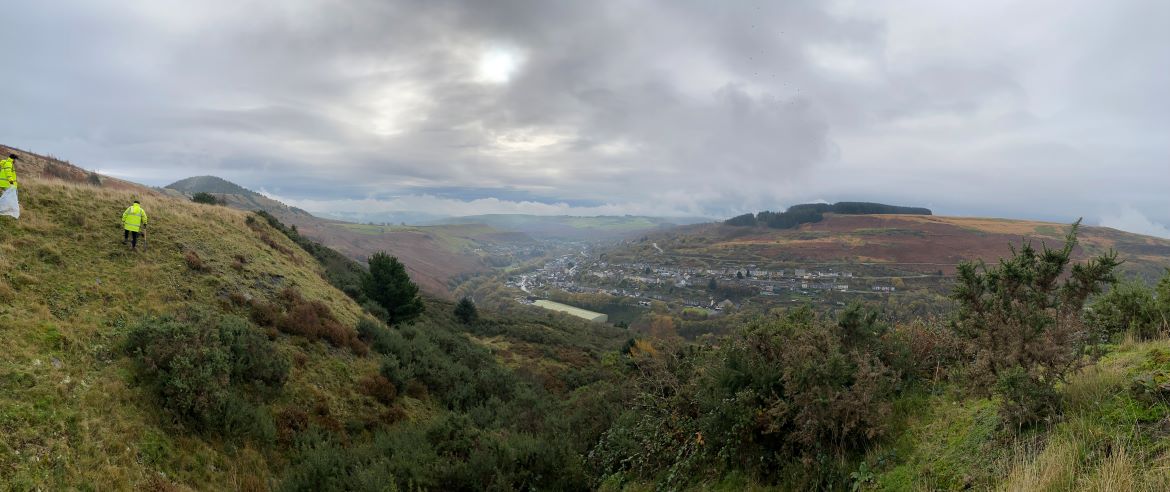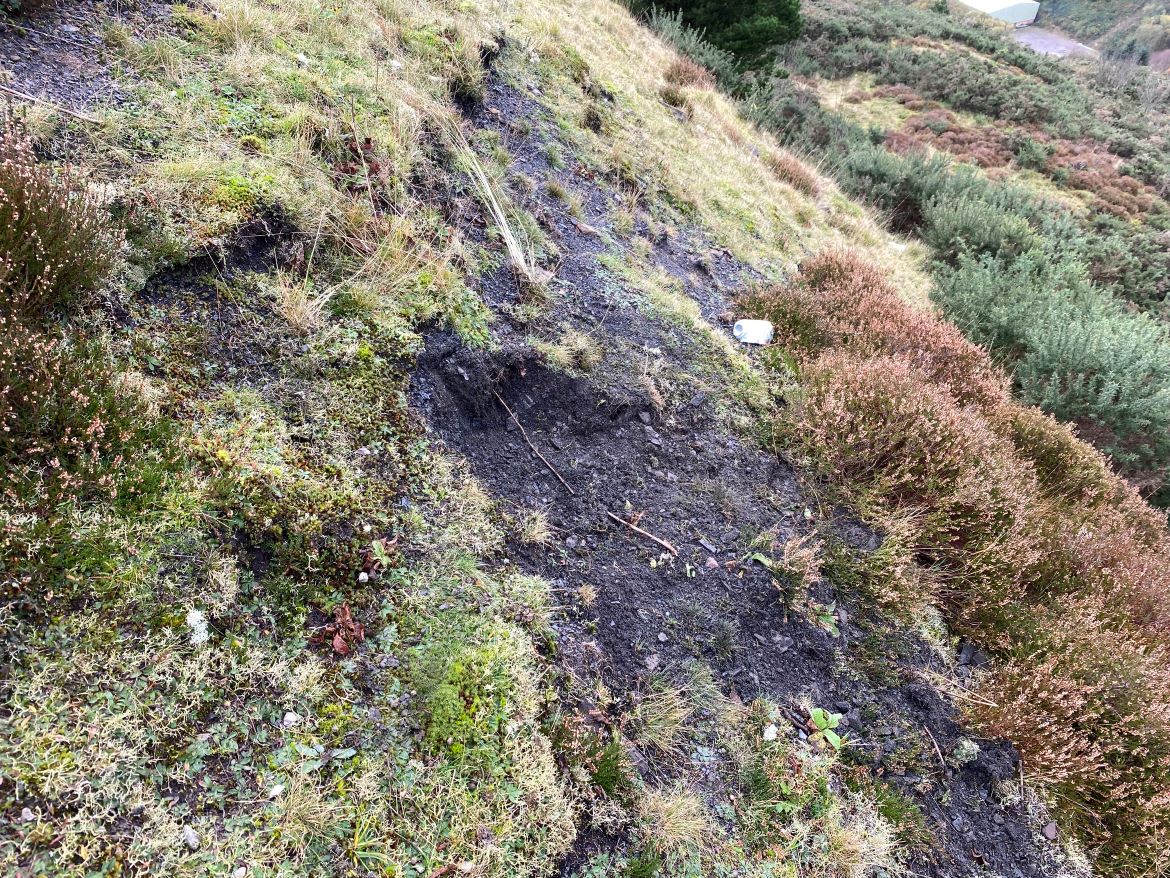News and Events
Field works in Tylorstown (Rhondda Cynon Taf County Borough Council, Wales) to obtain coal mining waste for MINRESCUE project
There is a vast amount of historical coal mining waste geomaterials (CMWGs) stored in spoil heaps and impoundments globally (>10,700 Mt by some estimates). Although very few coal mines are currently active in the UK, Skarzynska (1995) estimated that there remains up to 2000 Mt of residual CMWG, a major portion of which locate in the Rhondda Valley, South Wales. The geotechnical team from Warwick University (led by Dr Rezania) was granted access by Natural Resources Wales and Rhondda Cynon Taf County Borough Council to collect bulk samples (approximately 300 kg) from 2 sites in Tylorstown for geotechnical and geochemical tests.
The collection of Tylorstown samples is significant for several reasons. The Tylorstown samples enrich MINRESCUE's CMWG database (comprising of geomaterials already gathered from Poland, Ukraine and Spain) and contribute to completing one of the project's major objectives. The research into Tylorstown samples as components of higher value-added construction products (to occur in the coming months) may prove decisive in considering alternative options to rehabilitate unstable spoil heaps in the area. The historical context may also be worth nothing, as the Rhondda Valley was once among the world's largest coal mining regions, especially during the 19th and early 20th century.

Figure 1: View from one sampling location towards Tylorstown, Wales.

Figure 2: The coal waste can be shown to locate below a thin layer of top soil at one sampling location.